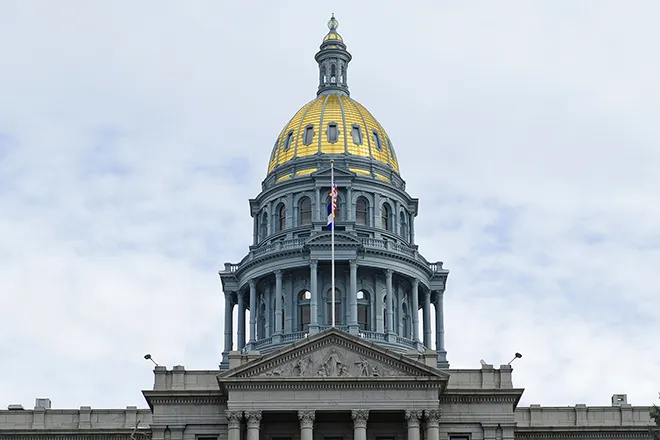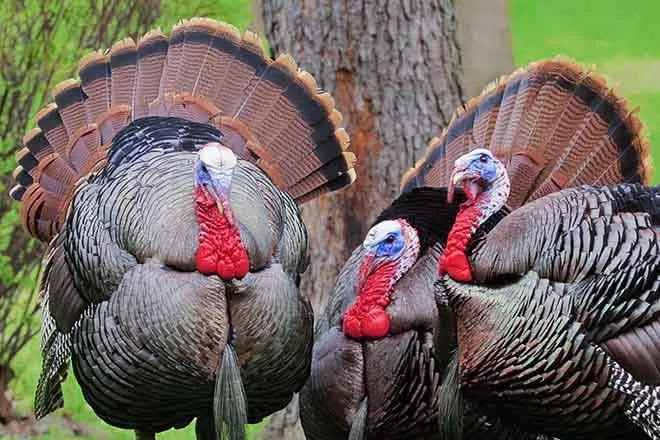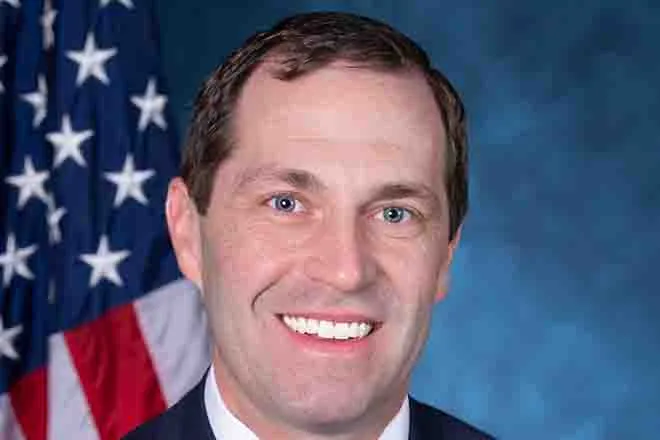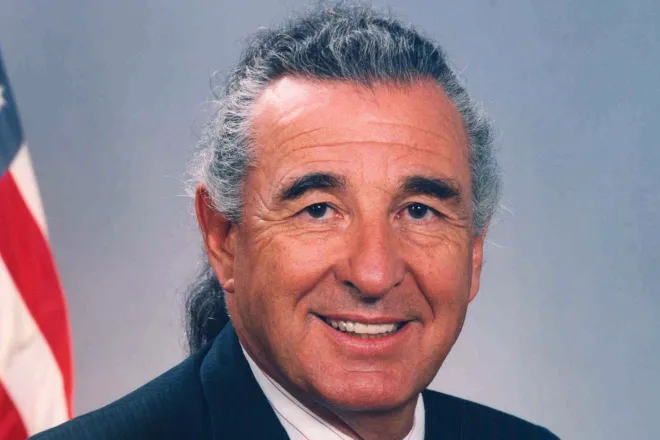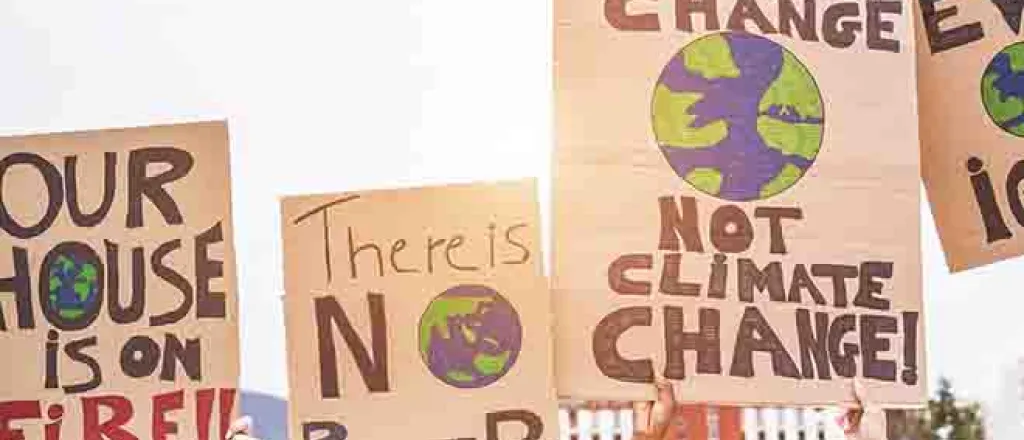
Tips on spotting climate change misinformation and bias
Click play to listen to an abbreviated version of this article.
(Kentucky News Connection) When “misinformation” was declared 2018’s Word of the Year by Dictionary.com, the website stated at the time that “the rampant spread of misinformation poses new challenges for navigating life.” The year prior, Collins Dictionary named “fake news” as its word of the year. Misinformation has since proliferated — made worse by the COVID-19 pandemic — as both social and traditional media have become viral vectors for the spread. Two hot topics have become especially susceptible to media misinformation and bias — climate change and our food system.
For readers seeking balance and objectivity on these issues, the current media environment can be tough to navigate. Corporate interests, polarizing politics and social media influence make the truth more and more difficult to decipher. To help readers traverse this challenging media landscape, we asked experts in media literacy for tips on how to spot misinformation red flags. Here’s how to separate fact from fallacy, and truth from conspiracy.
Why Misinformation Exists in Media
Though the concept of misinformation in media might seem relatively new, according to Sander van der Linden, professor of psychology at Cambridge University, and author of the book Foolproof: Why We Fall for Misinformation and How to Build Immunity, this threat to the public has actually been around since the late 1800s; back then in the form of media propaganda.
“A lot of people traced the first example back to the Spanish American War,” he explains, “where there was this sort of fake news about a U.S. tanker that sank, which was blamed on the Spanish even though that wasn’t true.” This false information “swayed public opinion in favor of the war,” he says, and was an early example of what came to be known as “yellow journalism: — journalism based on sensationalism and crude exaggeration. Since then, the problem of misinformation in the media has persisted.

© iStock - scanrail
Van der Linden points to cable TV news as the medium that took media misinformation to the next level. “In journalism you have editorial standards, you have fact checkers,” he explains. That’s no longer always the case, he says, as “cable news dropped some of those standards.”
As Flavia Roscini writes in her research for Boston University, “cable news is a business that runs on ratings and advertisements. In order to capture people’s attention, it needs to be engaging. It has, therefore, increasingly blurred the lines between information and entertainment.”
The emergence of social media then blurred those lines further, with “no barriers to entry,” says van der Linden. “Right on YouTube, we have content creators who can say anything now without any type of fact checking. There’s no regard for accuracy.”
John Cook, an expert in the cognitive psychology of climate science denial, says that “by removing gatekeepers [editors, fact-checkers, etc.], social media makes it possible for any individual to potentially reach millions of people.” But, he adds, “it’s worse than that. Misinformation spreads faster and deeper than facts on social media because it’s usually more eye-catching and salacious than dry facts.” And once misinformation takes hold, he adds “it’s notoriously hard to undo the damage.”
With online misinformation spreading quickly, and “more and more by inauthentic accounts and AI generated content,” van der Linden says, “the problem has gotten away from us.”
How to Add More Media Literacy to Your News Diet
The abundance of misinformation in the media today has created an increased need for media literacy among readers and audiences. Media literacy is the ability to critically analyze media content to determine its accuracy and credibility. To do this, says Jon Greenberg, a few steps are required. Greenberg is a senior correspondent for PolitiFact, and he teaches journalism at Poynter Institute.
The first step in looking critically at a piece of media, Greenberg says, is an emotional check-in. “If there’s a sense of, ‘Damn it, I knew that was the case,’ or ‘holy smokes, no way’ shock,” then, he says, the next step is the hardest, but most important: “hit the pause button.”
If media consumers can hit that pause button, says Greenberg, the following step is to then ask who or what the source of the information is. “Then you can ask the question: do they have a dog in this fight? What’s their interest?” Consider whether there are any potential conflicts or financial gains at stake.
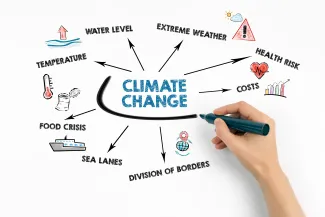
The next step, Greenberg says, is to look at the news and interrogate the evidence. “Is it believable? Just because it comes from a group that is, say, the ‘Center for Really Savvy Insights’ doesn’t mean that they are squeaky clean,” he says. “They may not be insightful, and they may not be savvy.”
Judging the credibility of a source is key. “Do they have a setup that allows them to go through internal challenges to make sure that the information is accurate?” Greenberg says that if a source appears to be a “lone wolf researcher” — though they may have a PhD — readers should beware. “If they’re working by themselves, they haven’t gone through the process of having their findings and their conclusions vetted by their colleagues, peer reviewed.” Facts are learned through being challenged, he explains, “and that which survives challenges becomes our accepted truth.”
Finally, Greenberg says readers should be interested in what other people are saying about the topic or story. “Plug the phrase into Google and see what bubbles up,” he says. Look to see if certain advocacy or political groups have taken up the same issue, and what fact checkers and debunkers have to say. “And in this way, you can round out your picture.”
Navigating News on Climate Change
Some topics have become more vulnerable to misinformation than others; particularly those that are polarizing, political or with vested financial interests. Climate change is one of those topics, and Cook says that the tendency of mainstream media to present both sides of a debate has allowed for misinformation on climate science to easily enter the public discourse. Presenting both sides of the argument may be “an appropriate approach when it comes to politics or matters of opinion, but misleads the public when applied to matters of scientific fact.”

©
For example, “it would be inappropriate to give a flat-earther equal coverage with a scientist from NASA, in the same way it’s inappropriate and misleading to give a climate science denier equal coverage with a climate scientist.” Cook’s research has found this format “gives the audience the impression of a 50/50 debate among the scientific community, when the actual scientific consensus on issues like human-caused global warming is greater than 97 percent.”
Another red flag to be on the lookout for when maneuvering through mainstream news on climate change? The omission of the role food systems, and specifically meat and dairy, plays. A 2023 study conducted by Sentient and Faunalytics revealed that animal agriculture is systematically underreported in climate media coverage; 93 percent of the climate news stories reviewed didn’t even mention it. This, despite the fact thatanimal agriculture is a leading cause of deforestation, and is responsible for between 11.1 and 19.6 percent of global emissions.
Climate misinformation also makes its way into mainstream media via political leaders promoting false arguments about climate change, Cook adds. “Unfortunately, several studies have found that one of the biggest drivers of changes in public opinion about climate change is cues from political leaders,” he says. “People are tribal and respond when our tribal leaders speak.”
Seeking out peer-reviewed sources is the best way to find reliable information on climate change, Cook asserts — however, he recognizes that asking the public to read technical studies from scientific journals may be a bit much. “There are a number of other authoritative and thoroughly-vetted sources on climate information,” he says, “such as the NASA climate website and the National Academy of Science, which are also written to be accessible to non-scientists.”
Navigating News About the Meat Industry
News covering the meat and dairy industries is particularly ripe for misinformation, as the bias goes deep. Tayler Zavitz, a sociologist and critical animal studies scholar, describes this as an entire “corporate-controlled system” at work, made up of “the media, invested corporations (the animal agriculture industry), and the state.” One result of this system: journalists rarely, if ever, include animal suffering, let alone animal welfare, in their news coverage.
For example, while it is common to see quotes from industry sources, such as farmers and lobby/trade groups, rarely are animal advocates sought out for comment, or are the experiences of the animals considered.
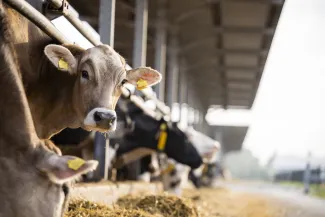
© Smederevac - iStock-1470677566
Consider news coverage of barn fires. Often, the stories highlight the loss of money or product, as well as the devastation of the farmers. Reporting on how the animals died, often horrifically, is almost never included. “Readers should look at whether the coverage is written through an anthropocentric lens” says Zavitz. Pointing to our barn fire example, she says, “we often see headlines like ‘No injuries in barn fire,’ but the article will then go on to note that 30,000 hens were killed. So, this sort of discourse highlights the human-focused, capitalist ideology underpinning the mainstream news media, as that animal lives are seen as so insignificant and worthless outside of their economic value.”
Meat and dairy industry groups are also pouring money into academic centers created to train researchers in communicating industry-aligned messages to the public. While food industry funding for public research is nothing new, the focus on “communications” and “public trust” is a more recent and worrying invention, because the emphasis is on the message, rather than on research to improve the way food is produced.
One such example is the CLEAR Center at University of California, Davis created by Professor Frank Mitloehner, a scientist with a long public record of downplaying the climate impacts of meat and dairy. A 2022 New York Times and Unearthed investigation revealed Mitloehner did not disclose the full extent of his industry funding on the center’s website. Yet that revelation did little to discourage livestock industry groups from communications funding, and a similar initiative now exists at Colorado State University. And the pork industry has pledged to fund research to boost “public trust between pork producers and pork consumers,” to address animal welfare concerns.
The blurred lines between industry and public research is tricky for journalists to navigate, but also critical in this moment. A 2023 Washington Post-University of Maryland poll found 74 percent of Americans think — wrongly — that not eating meat would make little or no difference for climate change. The scientific researchactually shows the opposite: eating less meat with a plant-rich diet is one of the most effective forms of individual climate action, according to Project Drawdown. When in doubt, journalists should avoid leaning on single studies in their reporting, but look instead for the scientific consensus or what most of the research points to.
The Bottom Line
In a media landscape increasingly saturated with misinformation, the need for critical media literacy is growing. As readers navigate topics like climate change and the food system, skills to discern fact from fallacy are crucial. By questioning sources, examining evidence and seeking diverse perspectives and peer reviewed conclusions, readers can better understand the truth amidst the noise of media sensationalism and industry bias.
Jessica Scott-Reid wrote this article for Sentient.


